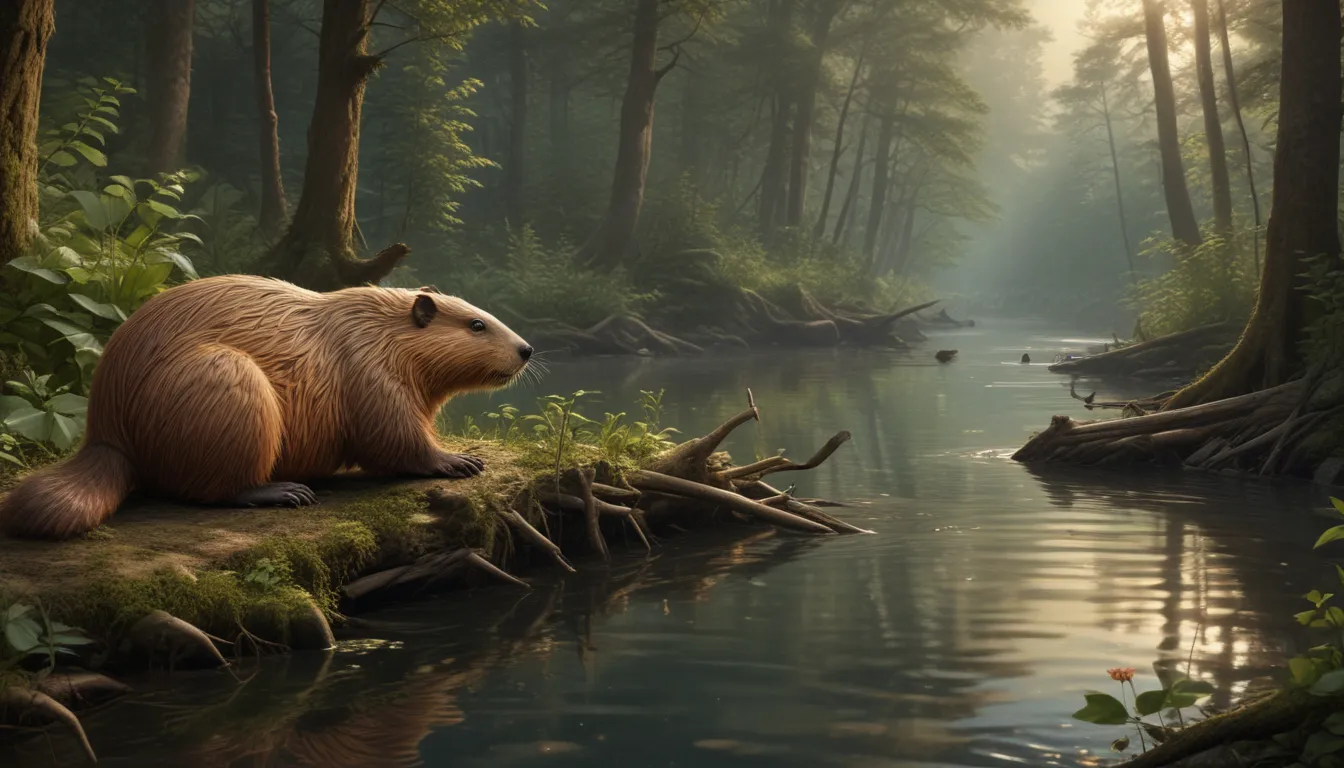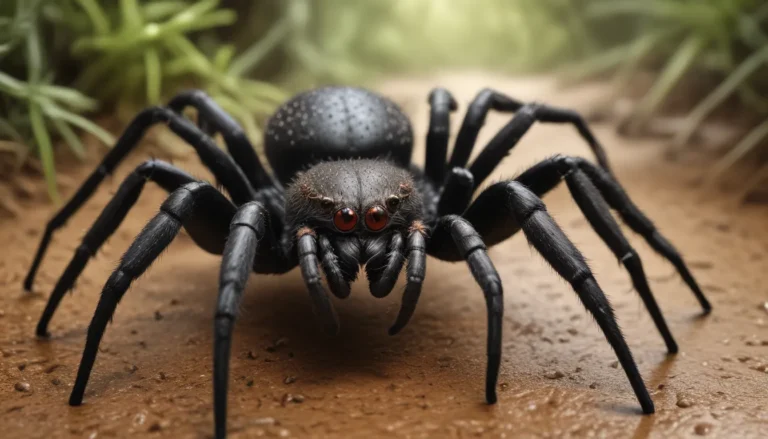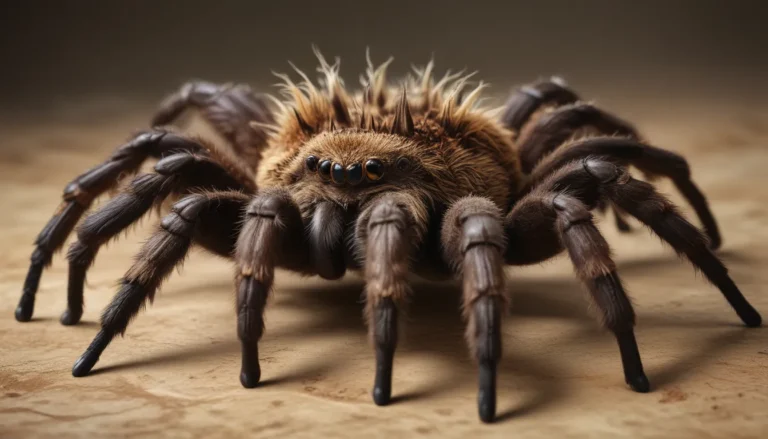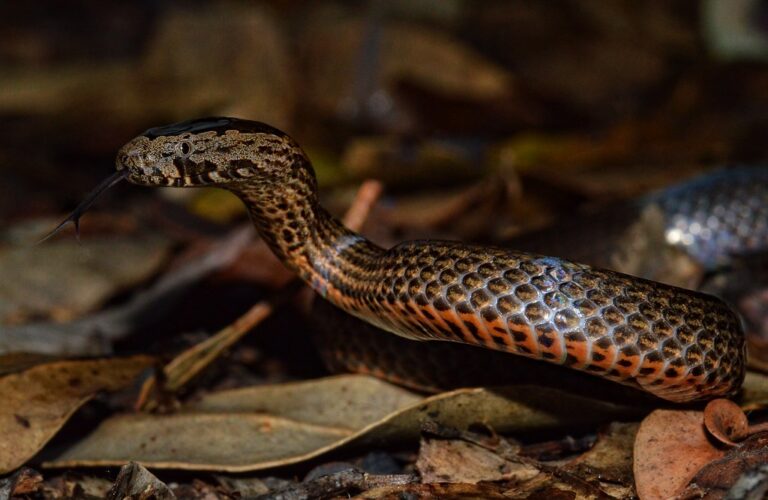The pictures we use in our articles might not show exactly what the words say. We choose these pictures to make you interested in reading more. The pictures work together with the words but don’t take their place. The words still tell you the important facts.
Beavers, the diligent architects of the animal kingdom, have captivated humans for centuries with their impressive building skills and profound impact on the environment. Join us on a fascinating journey as we dive into 17 captivating facts about these remarkable creatures, exploring their habitats, behaviors, and ecological significance. Whether you are a nature enthusiast, a wildlife researcher, or simply curious about the wonders of the natural world, prepare to be awed by the world of beavers.
Unveiling the Beaver’s Realm
Beavers are predominantly found in North America, Europe, and Asia, where they inhabit rivers, streams, and lakeside areas, creating elaborate dams and lodges that shape their unique ecosystems.
The Architecture of Nature’s Engineers
Master builders in their own right, beavers showcase unparalleled engineering skills by constructing intricate dams using sticks, logs, and mud. These impressive structures not only provide protection against predators but also facilitate easy access to food sources.
- Beavers intricately arrange materials and reinforce their dams with mud, ensuring stability and durability.
- These dams can span up to 10 meters in length and reach heights of 1.5 meters, showcasing the meticulous craftsmanship of these industrious creatures.
Environmental Impact: A Ripple Effect
The act of dam-building by beavers has a profound impact on the environment, creating wetlands that foster diverse plant and animal species while also contributing to water filtration and flood prevention.
- Beavers serve as essential ecosystem engineers, reshaping landscapes through their construction activities.
- Their dams not only alter water flow but also provide crucial habitats for a myriad of wildlife, promoting biodiversity and ecological balance.
The Mighty Incisors of Beavers
Equipped with razor-sharp incisors that grow continuously throughout their lives, beavers possess the ability to fell trees with precision and efficiency, enabling them to procure resources for dam-building and sustenance.
A Herbivorous Feast
Beavers maintain a herbivorous diet, feasting on the bark, twigs, and leaves of trees such as aspen, willow, and birch, as well as aquatic plants and grasses, showcasing their diverse palate and adaptability.
Navigating the Waters with Grace
One of the beaver's remarkable adaptations is its webbed hind feet, which aid in swift swimming and maneuverability in aquatic environments, allowing them to glide effortlessly through the water.
- Beavers can reach speeds of up to 5 miles per hour in the water, showcasing their agility and prowess as adept swimmers.
- With the ability to swim underwater for up to 15 minutes, beavers demonstrate remarkable breath control and aquatic dexterity.
Nocturnal Tales: The Life of a Beaver After Dark
Active primarily during the night, beavers embark on nocturnal quests for food and construction materials, utilizing their dark, waterproof fur to stay warm and protected in the cool evening air.
A Symphony of Slaps: Communication Tactics
To communicate danger or alert fellow beavers, these creatures utilize their wide, flat tails to produce distinctive slapping noises on the water's surface, serving as a form of signaling and warning within their colonies.
Building Blocks of Family Units
Beavers live in strong family units known as colonies, consisting of an adult pair and their offspring, working collectively in dam construction and lodge maintenance, showcasing a harmonious family dynamic.
Lodges: Homes of Security and Shelter
Constructed from branches and mud, beaver lodges feature dome-shaped structures with underwater entrances, providing security against predators and refuge from the elements for the entire beaver family.
- The lodge serves as a multifunctional living space, comprising chambers for activities such as sleeping, eating, and socializing, emphasizing the intricate design and functionality of these dwellings.
Guardians of the Waterways: Ecosystem Stewards
Beavers are revered as ecosystem engineers, playing a vital role in shaping their surroundings and enhancing biodiversity through the creation of wetlands and alterations to aquatic landscapes.
The Enduring Legacy of Beavers: Promoting Environmental Harmony
In conclusion, beavers stand as emblematic figures in the realm of nature, embodying resilience, ingenuity, and environmental stewardship. Their remarkable abilities to construct intricate dams and lodges, alongside their significant impact on water conservation and biodiversity, underscore their importance as keystone species in maintaining ecological balance.
FAQs: Exploring the World of Beavers
- How do beavers build dams?
-
Beavers construct dams by felling trees, strategically placing them in water bodies to create barriers and regulate water flow, reinforcing the structure with additional materials like branches, mud, and stones.
-
What is the purpose of beaver dams?
-
Beaver dams serve multiple purposes, including creating habitats for aquatic species, controlling water levels, preventing erosion, and fostering biodiversity within wetland ecosystems.
-
Do beavers hibernate?
-
Beavers do not hibernate but remain active throughout the year, adapting their behaviors to seasonal changes and storing food supplies in their lodges for sustenance during winter months.
-
Are beavers beneficial to the environment?
- Beavers play a critical role in maintaining healthy ecosystems through their dam-building activities, which promote water conservation, habitat creation, flood control, and overall ecosystem health.
Embracing the World of Beavers
The beaver's legacy as nature's architects and ecosystem stewards resonates deeply within the intricate tapestry of our natural world. As we marvel at their remarkable abilities and profound impact on the environment, let us appreciate the invaluable role that beavers play in maintaining the delicate balance of our planet's ecosystems. Join us in celebrating these extraordinary creatures and the wonders they bring to the vast wilderness they call home.






